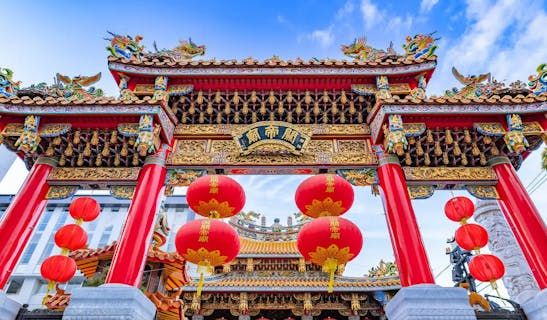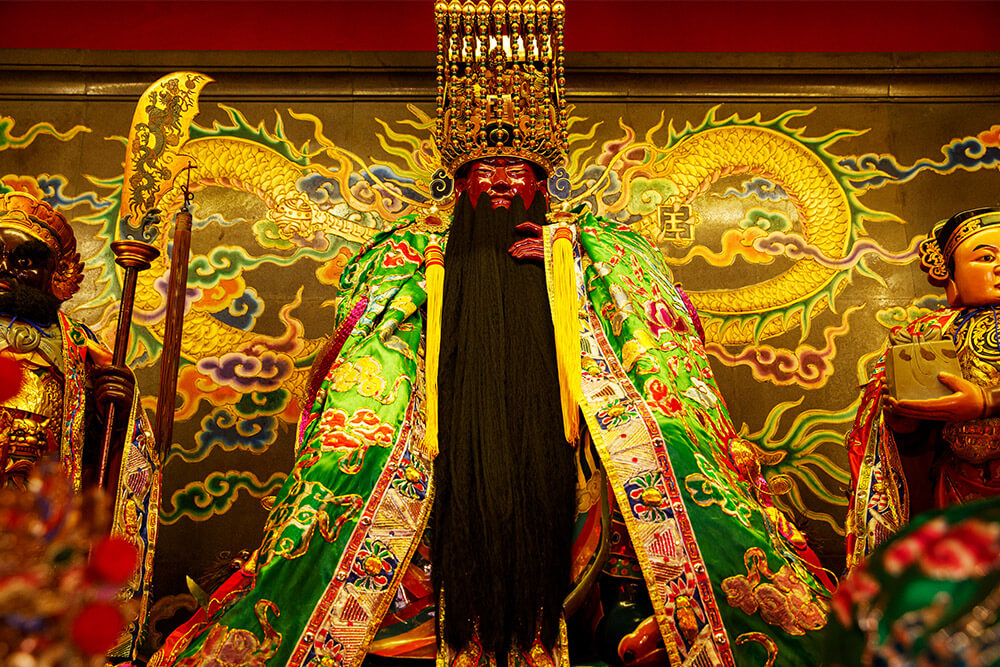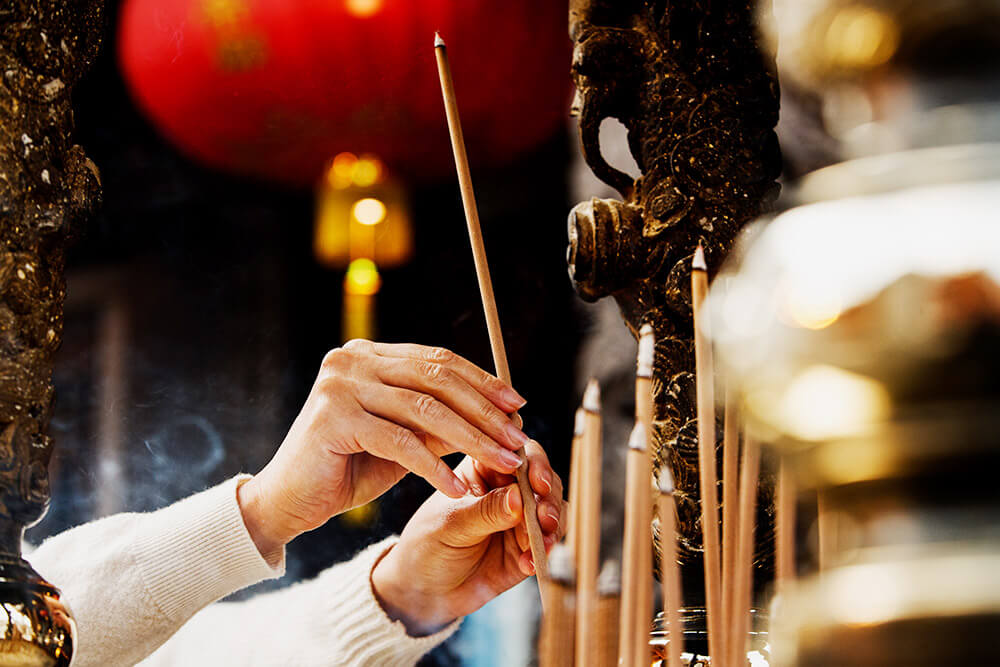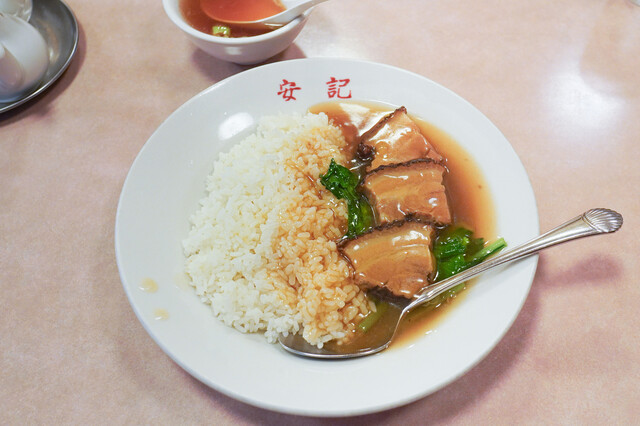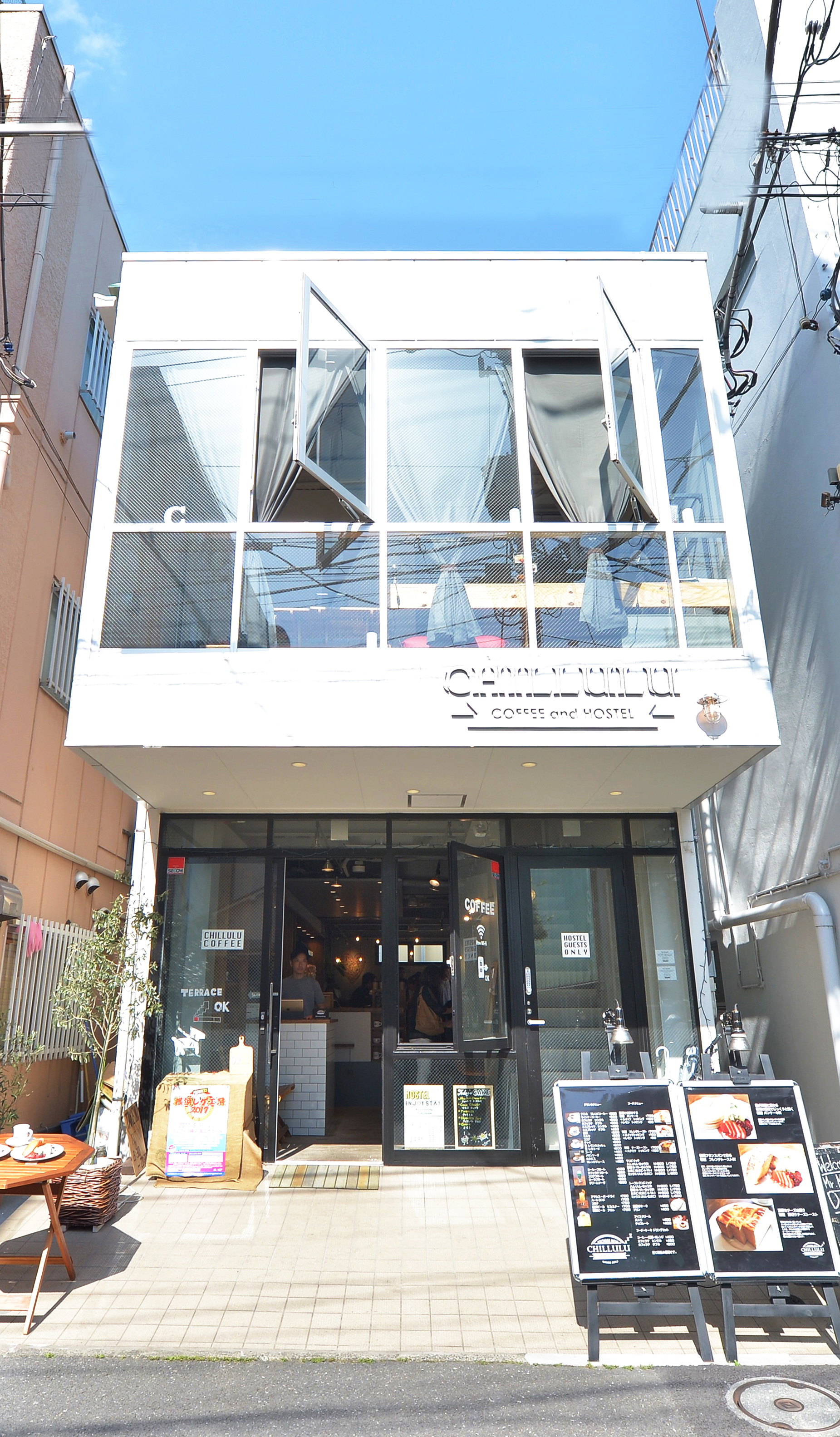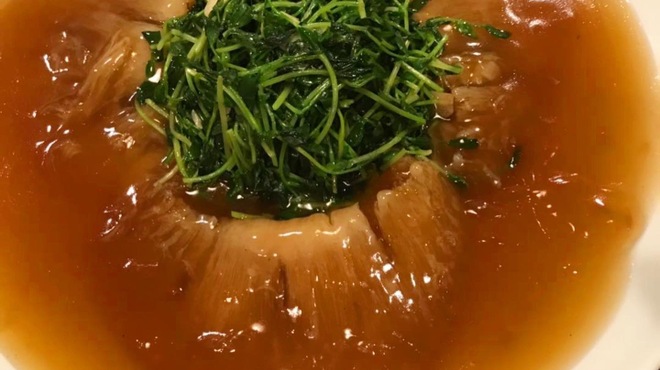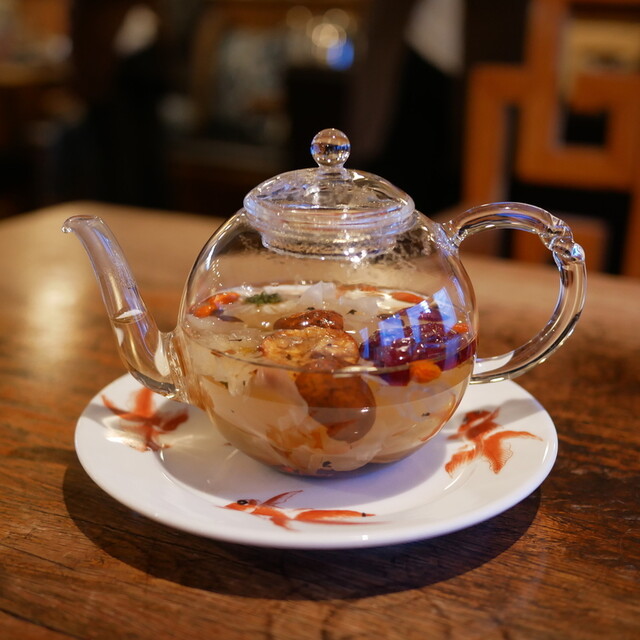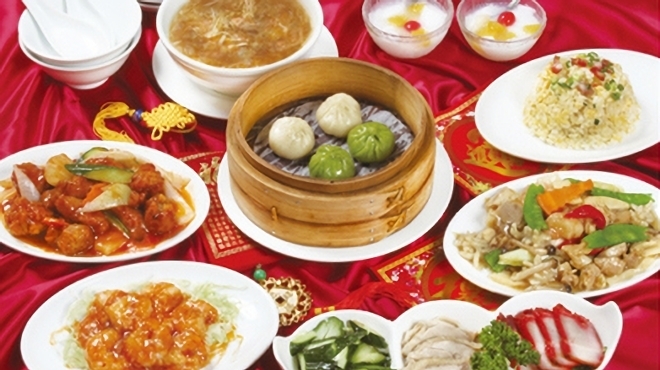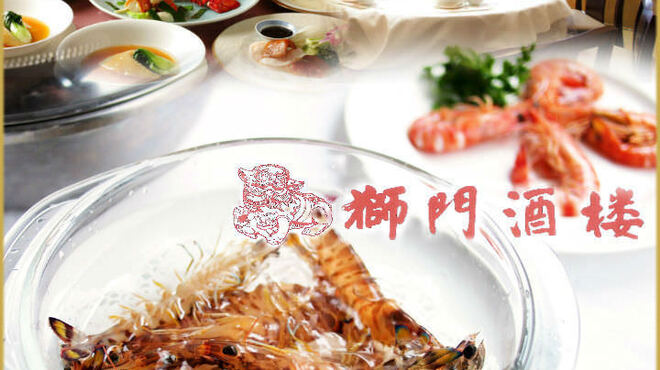
Kanpei-do is a Chinese-style building located in Yokohama's Chinatown, created with feng shui principles in mind. Inside the building, there are temples dedicated to Guan Yu and Mazu, incorporating traditional Chinese architectural styles. The interior of the building is dedicated to Yu Huang, the ruler of all gods in Chinese mythology and the ruler of heaven and earth, creating a magnificent and splendid atmosphere.
